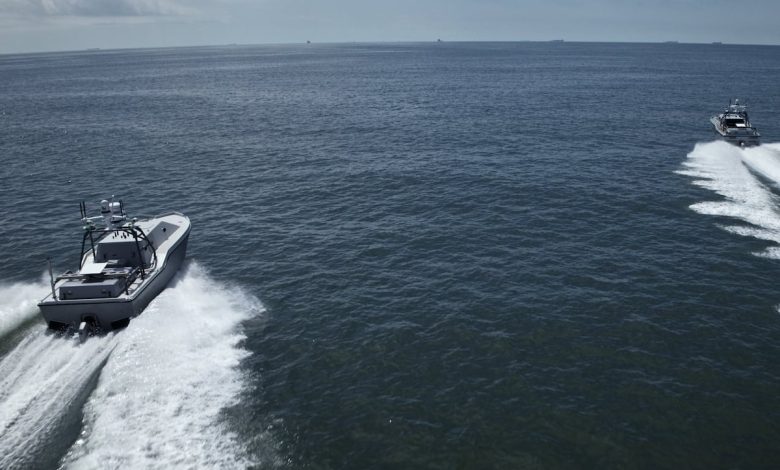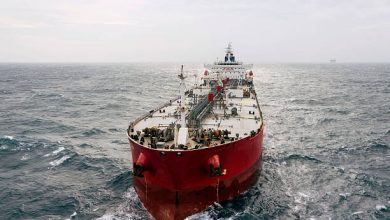Saronic unveils plans for autonomous shipyard

Texas-based Saronic Technologies announced Tuesday it raised $600 million in private funding to build an autonomous shipyard it’s calling Port Alpha.
The company plans to use the facility to grow its fleet of medium- and large-class autonomous surface vessels amid demand from the Pentagon for more drones of all kinds, including ships.
“It is going to be the most advanced shipyard in the world,” CEO Dino Mavrookas told reporters. “We’re going to build it right here in America. We’re going to build it from the ground up.”
Saronic hasn’t yet picked a site for Port Alpha, but the company is working with state governments throughout the U.S. to find the right fit. Texas and the Gulf Coast are among the regions the firm is closely exploring, according to Mavrookas.
The company declined to offer specifics on how much the project would cost, saying only that it planned to funnel “billions and billions of dollars” toward the effort over its lifecycle.
Mavrookas would not commit to a timeline for when the facility would open its doors, but said he expects it to be operating “well within five years.”
“This is not something that we’re just thinking about,” he said. “Our goal is to get it open as fast as possible with shipbuilding production lines, rolling things out and into the water.”
Founded in 2022, Saronic has raised more than $850 million and is valued at $4 billion. In just three years, the firm has developed three uncrewed vessels: Spyglass, Cutlass and Corsair — a 24-foot-long boat that it unveiled last October.
The company sees its systems as a solution to the U.S. Defense Department’s push for more uncrewed systems and Port Alpha as a means for boosting the Navy’s shipbuilding capacity. The service’s latest 30-year shipbuilding plan calls for 381 battle force ships — an increase from its current fleet of 295 — and an additional 134 unmanned surface vessels over that time period, including 40 large-sized vessels.
The service is also pushing toward a fully operational unmanned fleet by the mid-to-late 2030s.
At the same time, the Navy’s shipbuilders are struggling to maintain cost and schedule requirements, many of them years behind on delivering due to a number of factors, including a shrinking workforce and a lagging supply chain.
Asked whether he expects Port Alpha to put additional strain on that base, Rob Lehman, Saronic’s chief commercial officer, said the autonomous vessels the company is building won’t rely on the same manufacturing techniques, hardware and workforce that traditional shipbuilders developing manned platforms.
“We’re looking at a new class of vessels with a new way of building them, unburdened by some of the constraints that the current shipbuilding industrial base is hindered by,” he said. “We plan on approaching the Navy with ideas, concepts and capabilities rather than just waiting and being told what to do.”
Courtney Albon is C4ISRNET’s space and emerging technology reporter. She has covered the U.S. military since 2012, with a focus on the Air Force and Space Force. She has reported on some of the Defense Department’s most significant acquisition, budget and policy challenges.







